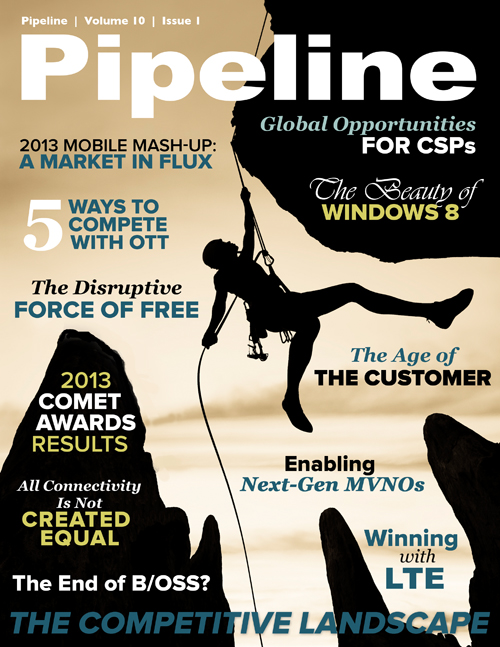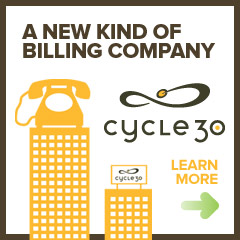The Beauty of Windows 8
By: Becky Bracken, Scott St. John - Pipeline

Windows 8 has gotten a bum rap.
Microsoft’s newest operating system (OS) represents a major strategy shift for the company, which is attempting to catapult the PC desktop experience, where it’s gained total traction, into the tablet world. But in the process Microsoft has rattled its more staid customers, particularly large enterprises, which, by and large, are still grounded in the PC mindset (or worse, the BlackBerry mindset).
Employees and rank-and-file consumers, on the other hand, are ready for a bring-your-own-device (BYOD) wireless world, currently dominated by the likes of Apple’s iPhone and iPad and their legions of frenzied fanatics. Frankly, Microsoft is giving its stereotypical suit-and-tie-wearing, shellacked-hair-sporting PC customers, the kind epitomized by Daily Show commentator John Hodgman in Apple's popular ad campaign of the late aughts, something they don’t yet fully understand they need—to break free of the desk and get hip to screens they can swipe.
“When the PC dominated personal computing by providing a single device for messaging, internet access, gaming, and productivity, Windows was a powerhouse for Microsoft,” said Michael Silver, vice president and analyst at Gartner, in a company news release last fall. “However, smartphones and tablets, led by the iPhone and iPad, have changed the way people work, making the PC just one of several devices people use. The PC is increasingly simply a peer with other devices.”In the seven months since its debut, more than 100 million licenses for Windows 8 have been sold by Microsoft. Additionally, its partnership with resurgent mobile-phone manufacturer Nokia and the release of its own hardware, the Surface tablet, earned Microsoft a spot on Chetan Sharma Consulting’s top-10 list of “important” mobile ecosystem players, part of the firm’s “2013 Mobile Industry Predictions Survey,” which is betting on Microsoft to make the biggest move in mobile mergers and acquisitions (M&A) this year.
The company’s unique approach helped it win Pipeline’s coveted Innovation Award for Best Ecosystem in 2012, and this year it received one for Innovation in Cloud and Virtualization. The 2013 awards ceremony took place May 13, after the first day of TM Forum’s Management World conference in Nice, France, and as a testament to its out-of-the-box thinking, Microsoft did something unprecedented at this year’s event: It gave away free devices. Thousands of them.
As each registered attendee checked in on May 14, he or she received a surprise by way of a fully outfitted Surface RT tablet, compliments of Microsoft. Although Management World is a much smaller “world” compared to, say, Mobile World Congress, Microsoft’s gift conveniently allowed the dense number of IT professionals and key industry influencers at this year’s event to put their money where their collective mouth (and marketing investment) is. One estimate valued the company’s promotion at approximately $1.2 million, based on retail figures. How was it received? A “feeding frenzy,” as one attendee put it. Remarkably, Pipeline began to hear reports of abandoned iPads, and presentations given to Pipeline during its many press meetings that day were suddenly appearing on newly acquired Surface tablets.
The beauty of Windows 8
Here’s the thing about Windows 8: it brings together all of a user’s digital real estate in one fairly seamless interface via tiles (“Live Tiles,” as Microsoft calls them), a near-perfect union of the simplicity of Apple’s icons and Google’s Android widgets. A great example is the “People” tile on the Windows 8 start page, which flashes photos of your Facebook friends, your phone contacts and any other source of images connected to the tablet. At any given time a user can see the latest shot of a college roommate’s baby, a hot celebrity’s risque pose for Instagram or dear ol’ dad’s most recent fishing expedition.





















